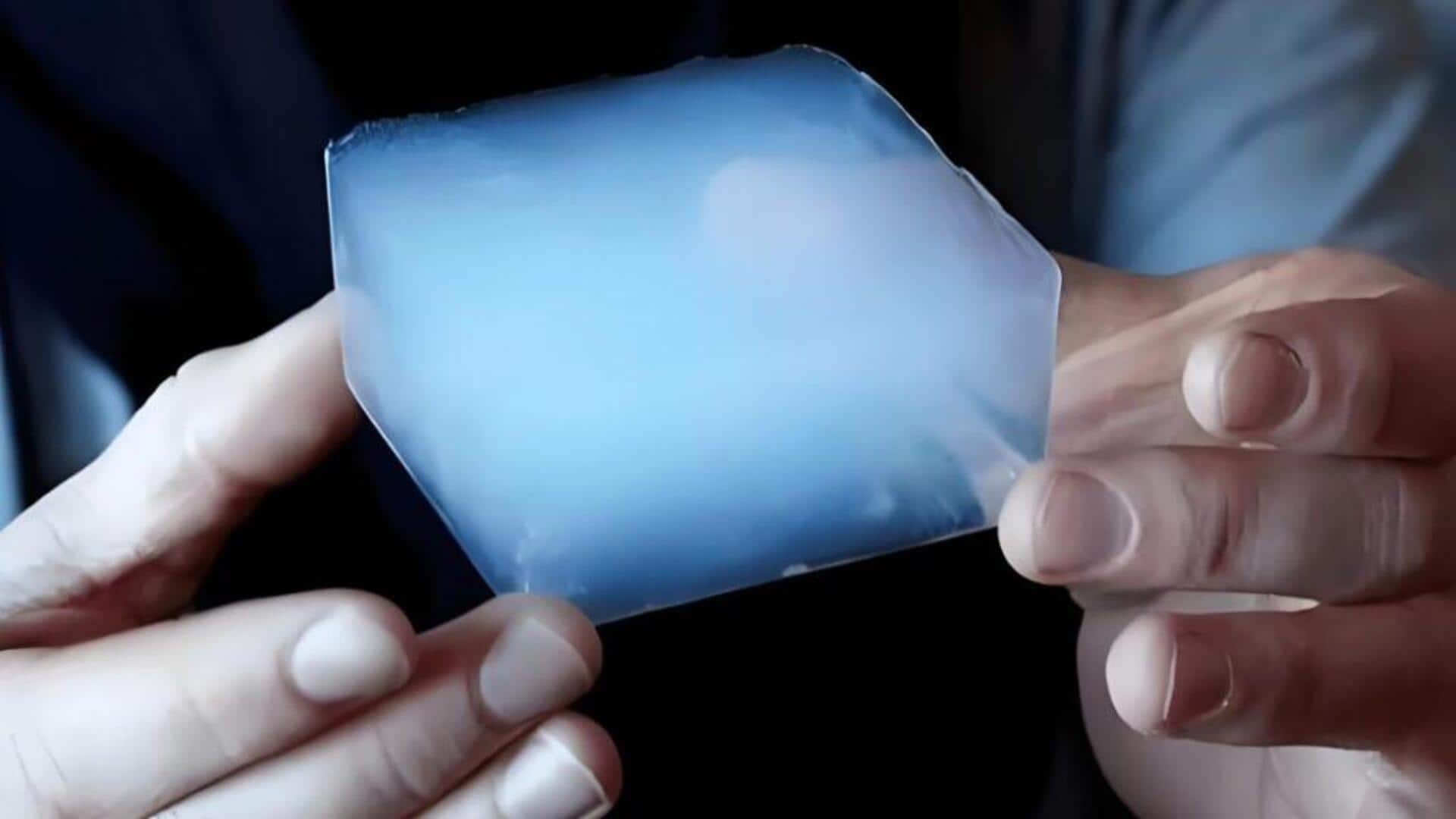
This 'air sponge' could save EVs from catastrophic fires
What's the story
An innovative technology, created by Aspen Aerogels, has emerged as a significant breakthrough in electric vehicle (EV) safety. The company's aerogel tech, consisting of nearly 99% air, boasts remarkable fire-resistant properties and could revolutionize EV safety. The US Department of Energy has given a $670.6 million loan to Aspen Aerogels to build a new factory in Georgia. This is part of an effort to create their aerogel tech.
Risk explained
Understanding thermal runaway in EV batteries
John Williams, VP of Technical Services at Aspen Aerogels, pointed out the risks posed by lithium-ion cells used in EVs. Williams explained the phenomenon of thermal runaway, which is when an EV battery overheats due to a defect under certain conditions. This can lead to the temperature rising uncontrollably until the battery ignites. He noted that while lithium-ion batteries are less likely to catch fire than internal combustion engines, they burn at higher temperatures and are more difficult to extinguish.
Innovative insulation
Aerogel: A promising solution to EV battery fires
Aerogel, which Williams described as the world's best thermal insulation, could be the answer to this problem. The material is light but firm, like gelatin. George Gould, Chief Technology Officer at Aspen Aerogels, described aerogel as "a very ethereal material" with a smoky appearance and slight translucency. He revealed that it is mostly made of silicon and oxygen with an extremely porous structure.
Production details
The manufacturing process of aerogel
The production process of aerogel involves mixing reprocessed silicone materials and an alcohol, which are then poured on a patch of fibrous material that absorbs the liquid. In a minute, the mixture solidifies into a flexible insulation material. This material is highly resistant to high temperatures and can effectively prevent heat transfer from one side to another in an insulation layer.
Versatility
Aerogel's high temperature resilience and applications
Engineer Matt Gwin showed the high-temperature resistance of aerogel by blasting it with a 2,000-degree Fahrenheit jet of fire. The material stayed intact and only felt warm after the experiment. While it can't stop a fire from starting, an aerogel can contain it from spreading if a lithium-ion cell wrapped in this material catches fire.